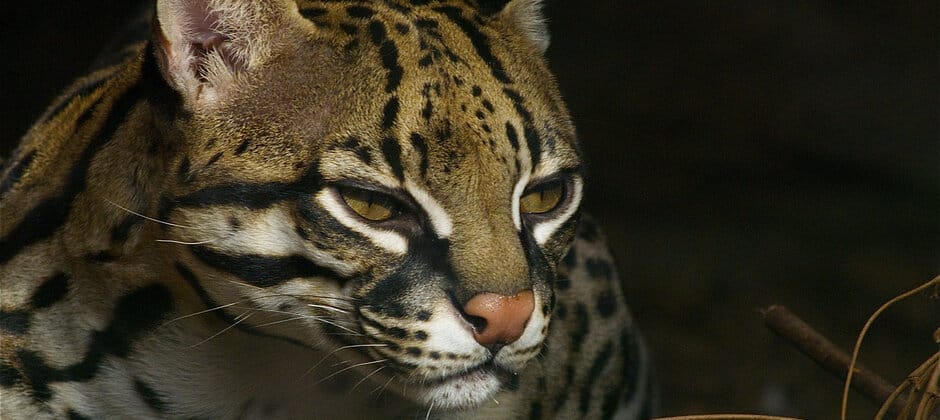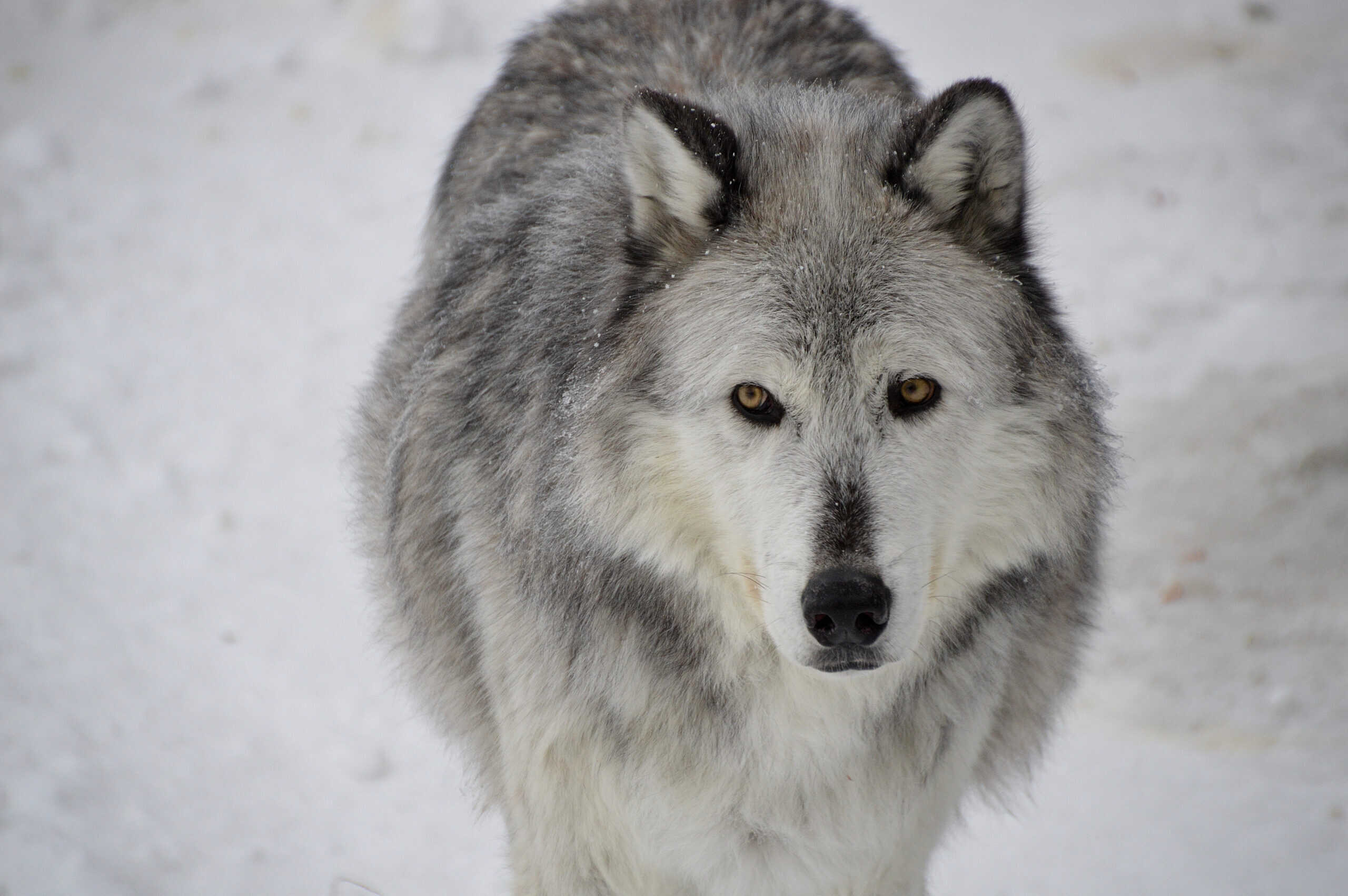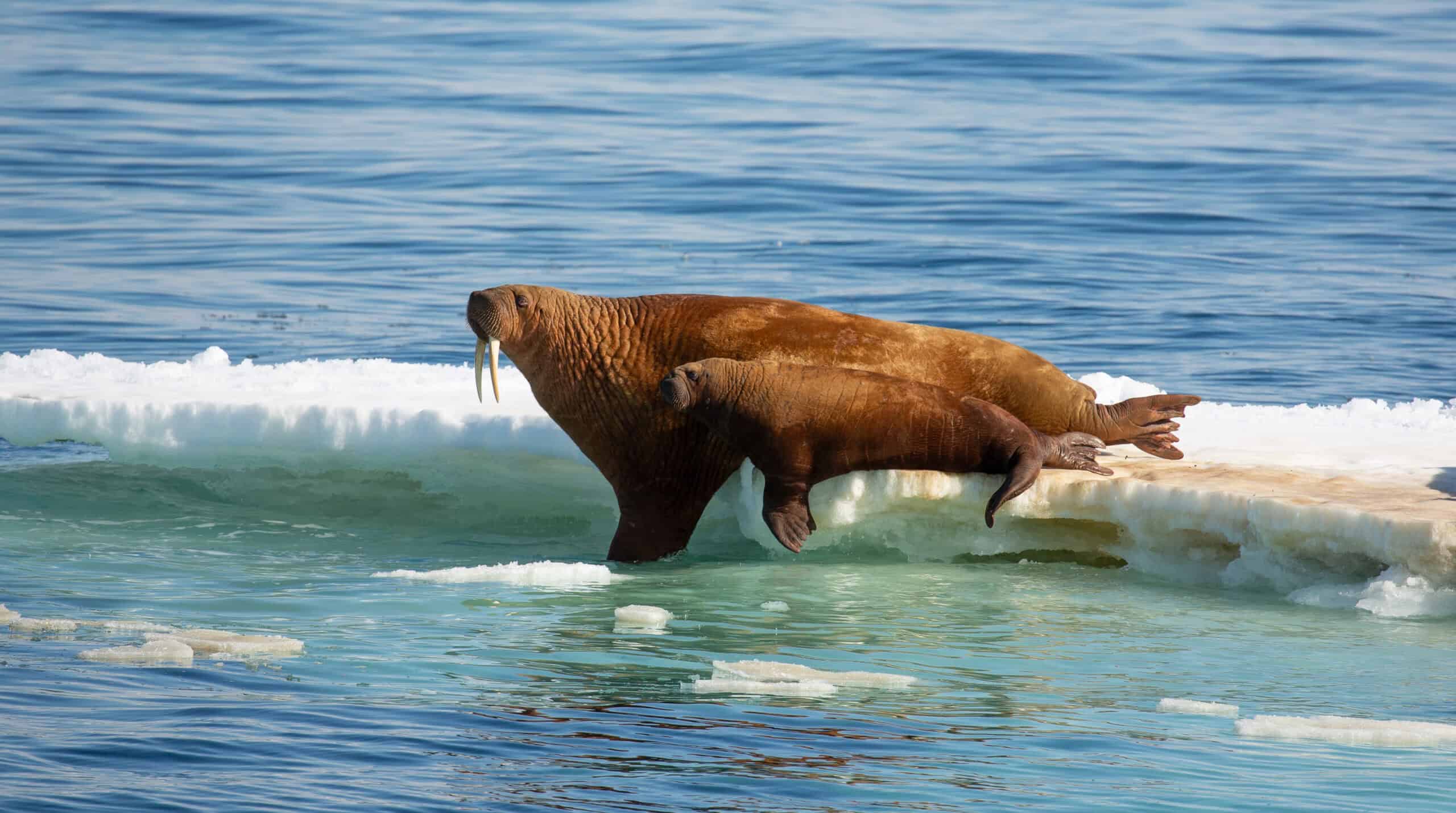Share this article
Group files petition to list Texas ocelots as distinct population
WildEarth Guardians has petitioned the U.S. Fish and Wildlife Service to list ocelots (Leopardus pardalis pardalis) in Texas as a distinct population segment under the Endangered Species Act.
The group argues that the isolated population, found primarily in dense thornscrub communities, is crucial to the conservation of the species and deserves additional protection. They also request that the USFWS designate critical habitat for the small, spotted cat.
The ocelot was first listed as endangered under the ESA in 1982, and a recovery plan was finalized for the species in 2016. Ocelots, which includes two recognized subspecies, range from southern Texas and southern Arizona through Central and South America into northern Argentina and Uruguay. Recent USFWS population estimates indicate that about 80 ocelots currently live in Texas, in two breeding populations — one on a private ranch and another on the Laguna Atascosa National Wildlife Refuge — about 30 miles apart. While there are occasional ocelot sightings in Arizona, there is no evidence of a breeding population there. The USFWS has not designated any critical habitat for the ocelot.
Petitioners argue that the Texas population of ocelots qualifies as a distinct population segment because it is geographically separated from populations of ocelots across the border in Mexico. In addition, as one of the northernmost populations of ocelot, its loss would leave a significant gap in the ocelot’s current range. If the Texas population were recognized as a district population segment, it could receive more focused conservation measures. It would also allow different populations to be delisted at different times, should populations recover.
Habitat loss and fragmentation over the last century has cut off the Texas population from other ocelots in Mexico and farther South. In addition, petitioners argue that the wall along the United States-Mexico border has furthered this isolation, and the animals are threatened by increased road mortality associated with the proliferation of roads needed to construct and monitor the border wall.
Environmental groups are also challenging the USFWS’s issuance of a biological opinion for a proposed liquefied natural gas pipeline and terminal in the area that the agency determined last year would not harm the ocelots. A federal court heard the case earlier this month.
Read TWS’ Standing Position on Threatened and Endangered Species in the U.S. and Position Statement on the U.S. Endangered Species Act
Header Image: A petition has been submitted to the U.S. Fish and Wildlife Service to list ocelots in Texas as a distinct population segment. Credit: Valerie








